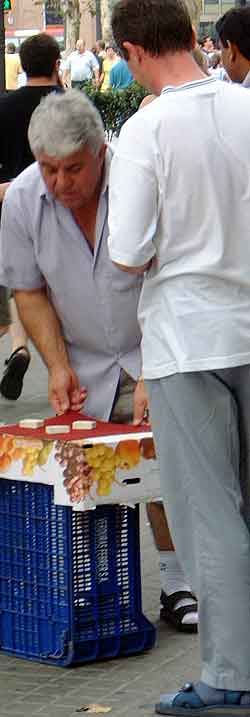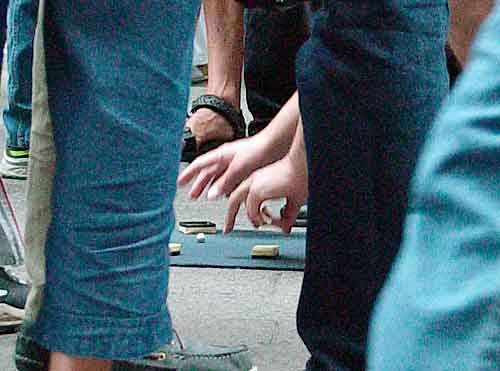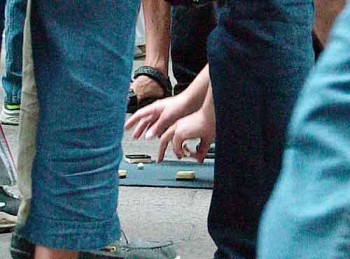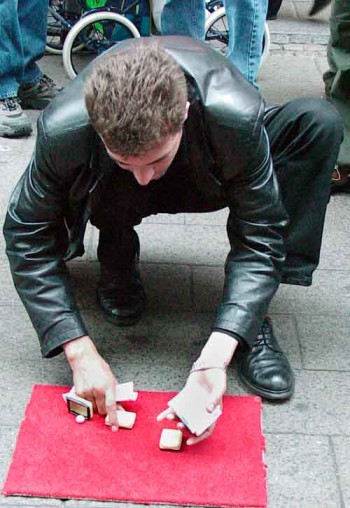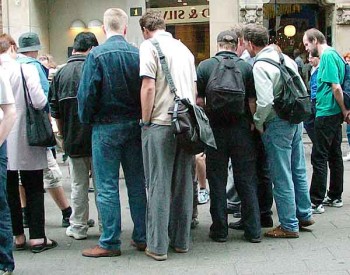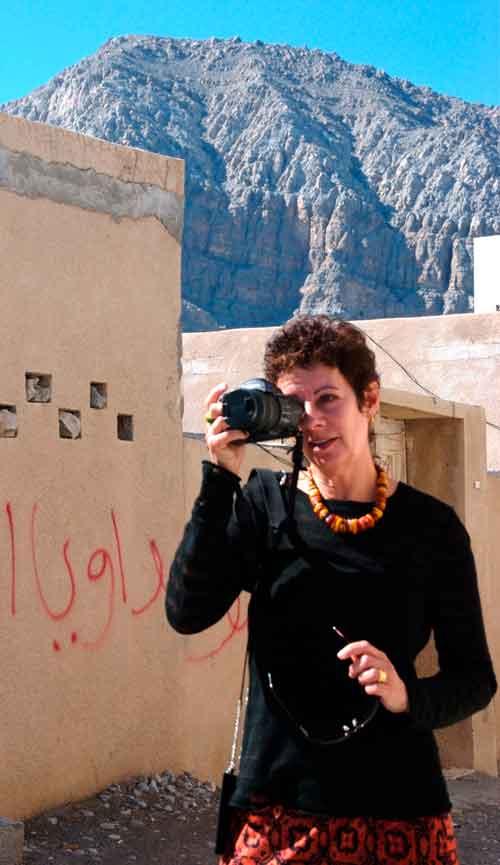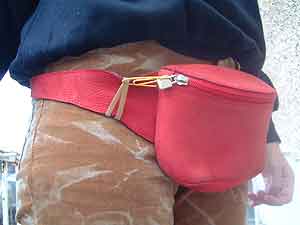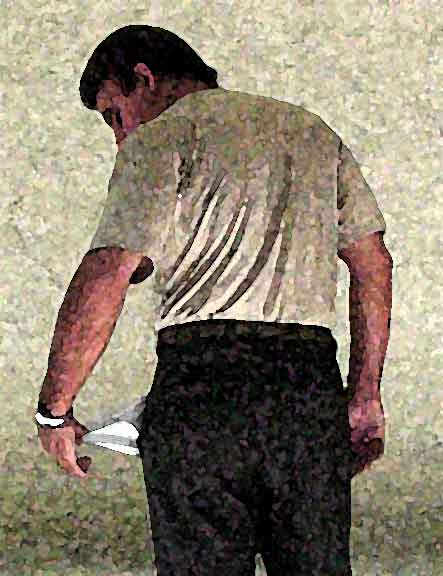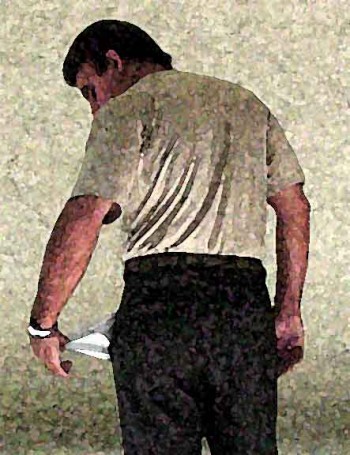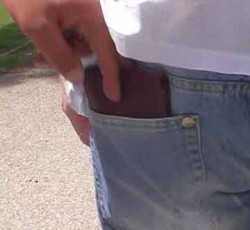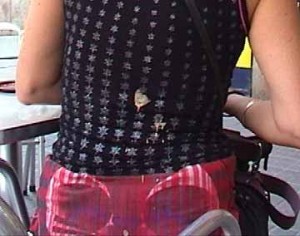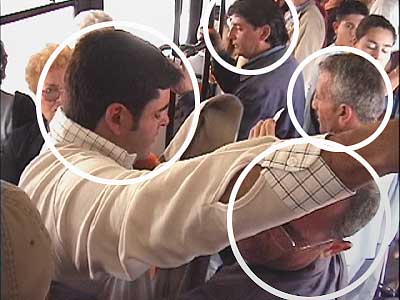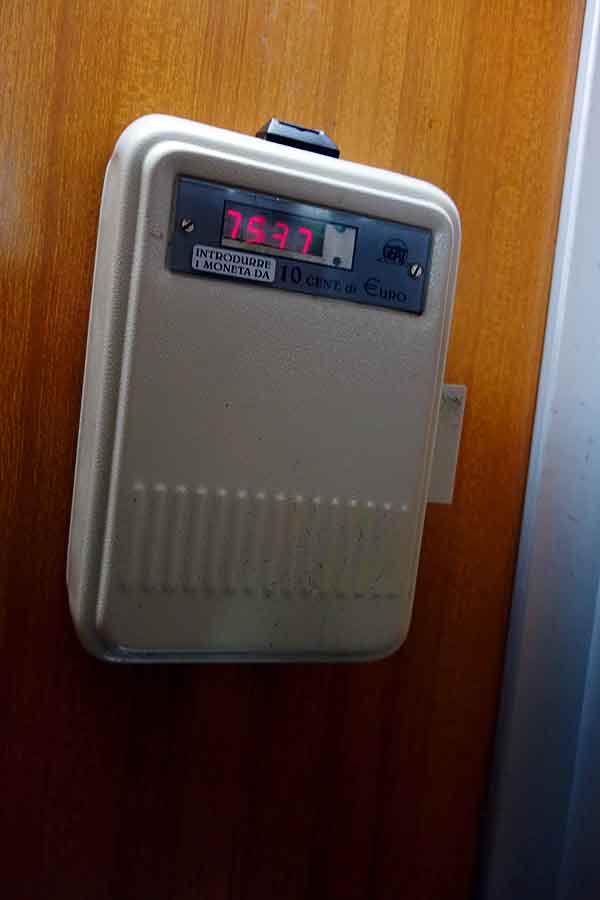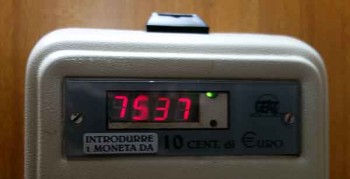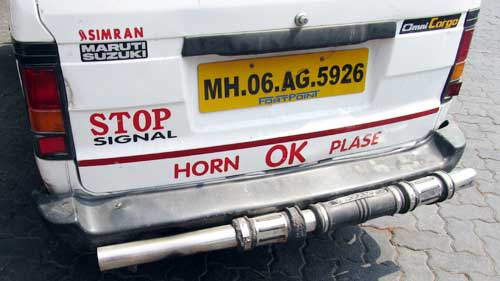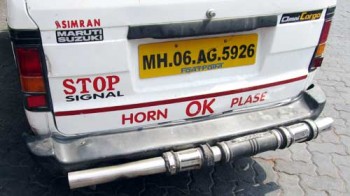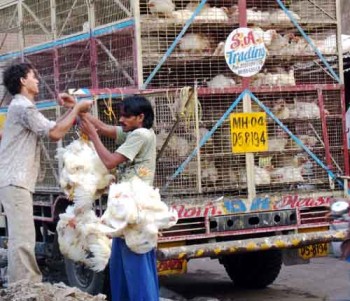How the 3 shell game works.
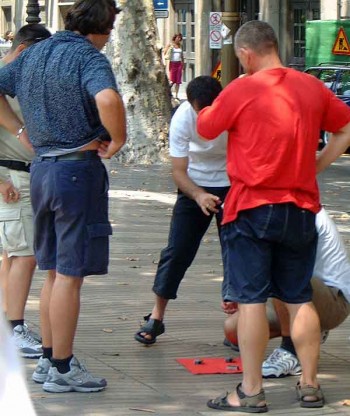
Three-shell game in Barcelona.
Video tape is a wonderful diagnostic tool when it comes to sleight of hand. In slow motion, we can see the phenomenal skill behind the Copenhagen teams’ manipulation. In other words, they do more than simply mix up the boxes with great speed and confusing baffles. They provide onlookers with fleeting peeks of pea as it’s shuttled around the mat, as it’s switched from box to box, moved from corner to corner. The player knits his brow in concentration, trying to follow its progress. The operator’s hands stop. The player is sure he knows where the ball is. Or is he? He hesitates.
If a player is about to make a winning bet, a shill quickly intercepts by turning over one of the boxes, throwing down his money, and ending the round. House odds rely on the operator’s ability to hoodwink the spectators with bluffs and psychology.
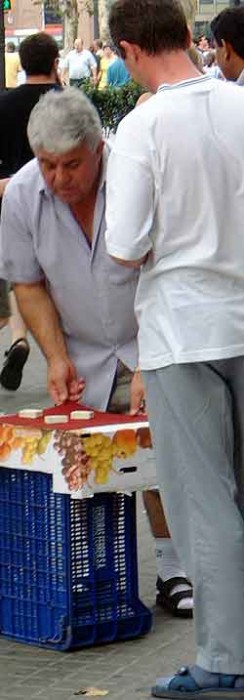
In New York and Las Vegas, the 3 shell games are played curbside, with bottle caps and a ball of sponge. The Spanish gangs we’ve studied in Barcelona’s Plaça de Catalunya are a brutal incarnation. They use vegetable props: the thick ends of carrots or small potato halves hollowed out to make shells. The game is played standing, on a rickety cardboard box-cum-table. Spotters are vigilant and malevolent. They want a crowd, but scrutinize the gathering individuals. Anyone who doesn’t appear to be a happy-go-lucky tourist-type gets a threatening once-over, an in-your-face stare, or a menacing growl. Cameras are blocked and overly-curious non-players are swiftly made to leave.
All 3 three shell gamers use the highly sophisticated techniques of professional magicians—or is it the other way around? In any case, it’s a method that ensures the punter will never win. The pea is manipulated by any of several methods, some of which use principles of magic I will not divulge except to say they employ a simple gimmick which is neither smoke nor mirror. The most common trick utilizes a miniature version of palming; you can call it thumbing. It allows the operator to sneak the ball out of and into any of the three shells or boxes. He can place it in a seemingly impossible location and guarantee a player will never win.
At the shrill whistle of a Spanish spotter, spectators see more magic. From within their very midst the operator vanishes and all traces of his game disappear. A flash and puff of smoke are all but real. Gaming pieces are gathered or flung away, and the cardboard box is flattened and tossed against a tree or trashcan: non-incriminating evidence. The team disperses like panicked pigeons and, when the coast clears, reforms its gambling gaggle.
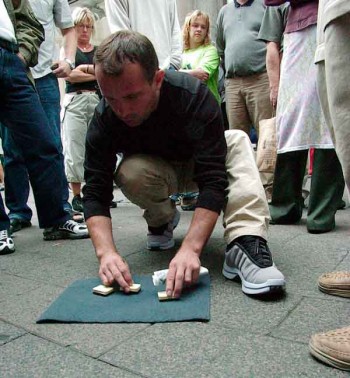
In the aftermath one day, Bob and I found a young German tourist weeping on a sidewalk bench. A girlfriend tried to comfort her, though she, too, was distraught. Through angry tears, the girl sputtered her tale: she’d lost too much money, goaded and cajoled to bet in a fast-paced game she only vaguely followed. She’d been separated from her friend, surrounded by strangers, and pressured to play.
This is Part 2. Read Part 3.
Read Part 1.
Excerpt from Travel Advisory: How to Avoid Thefts, Cons, and Street Scams
Chapter Eight: Con Artists and their Games of No Chance

